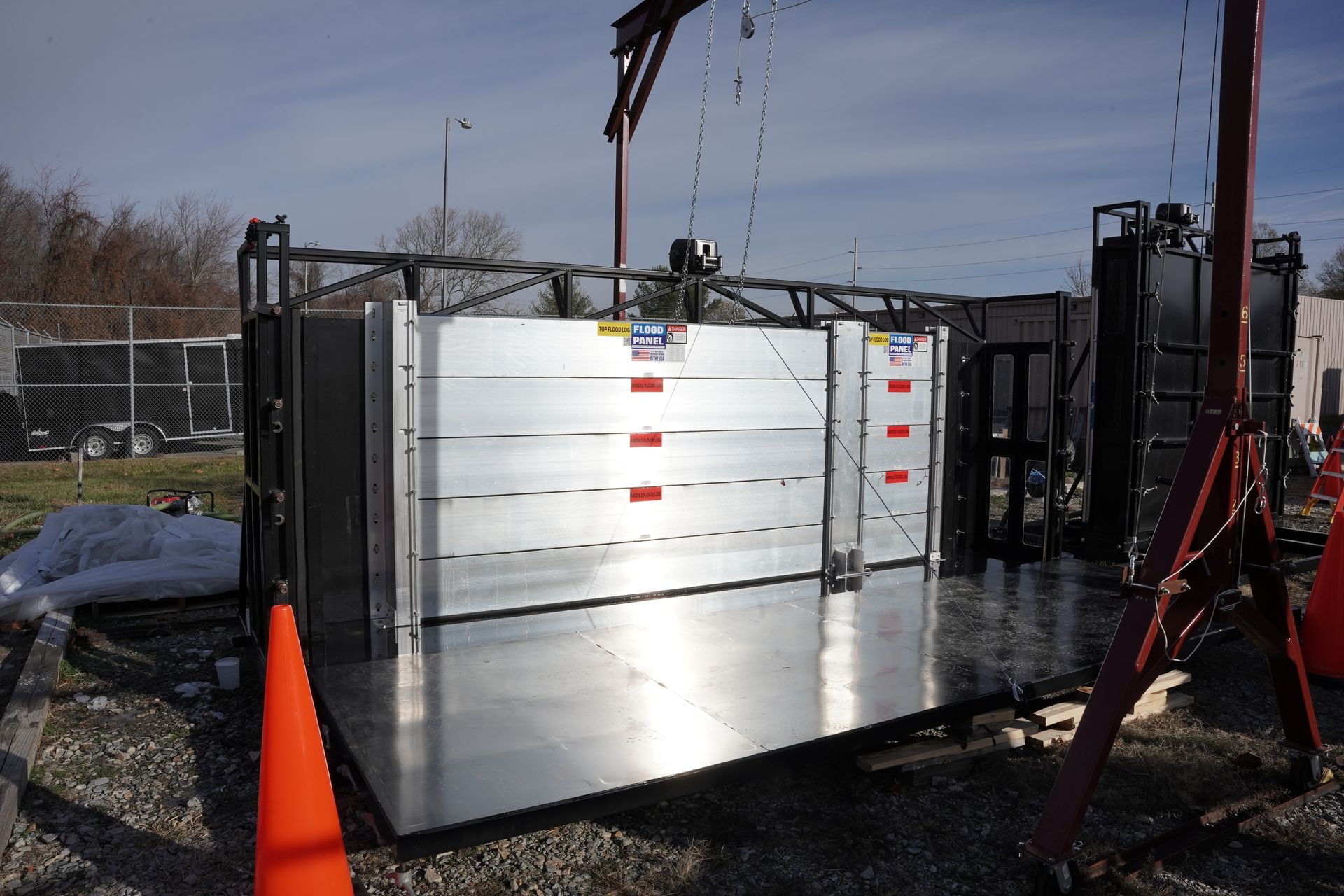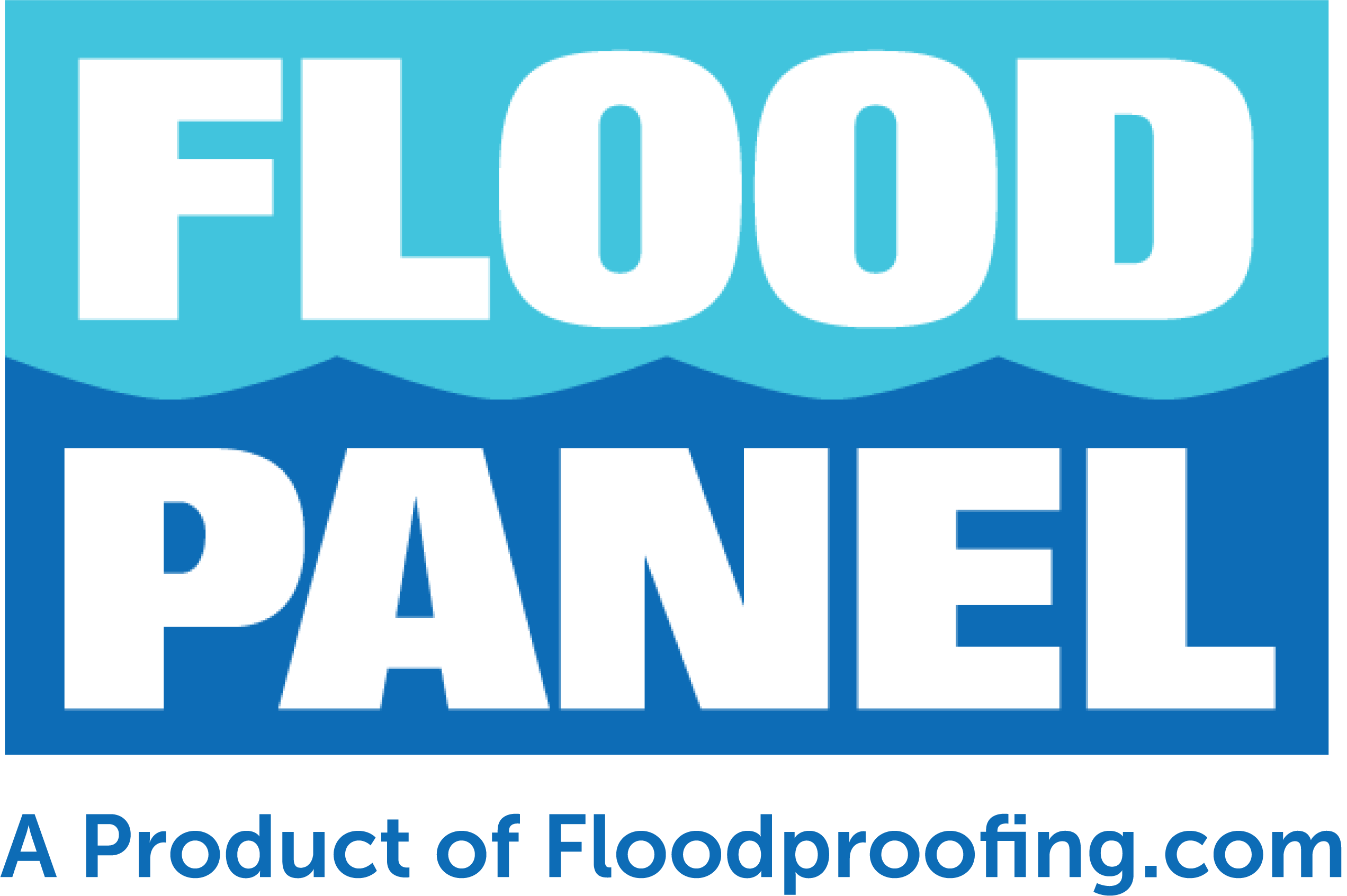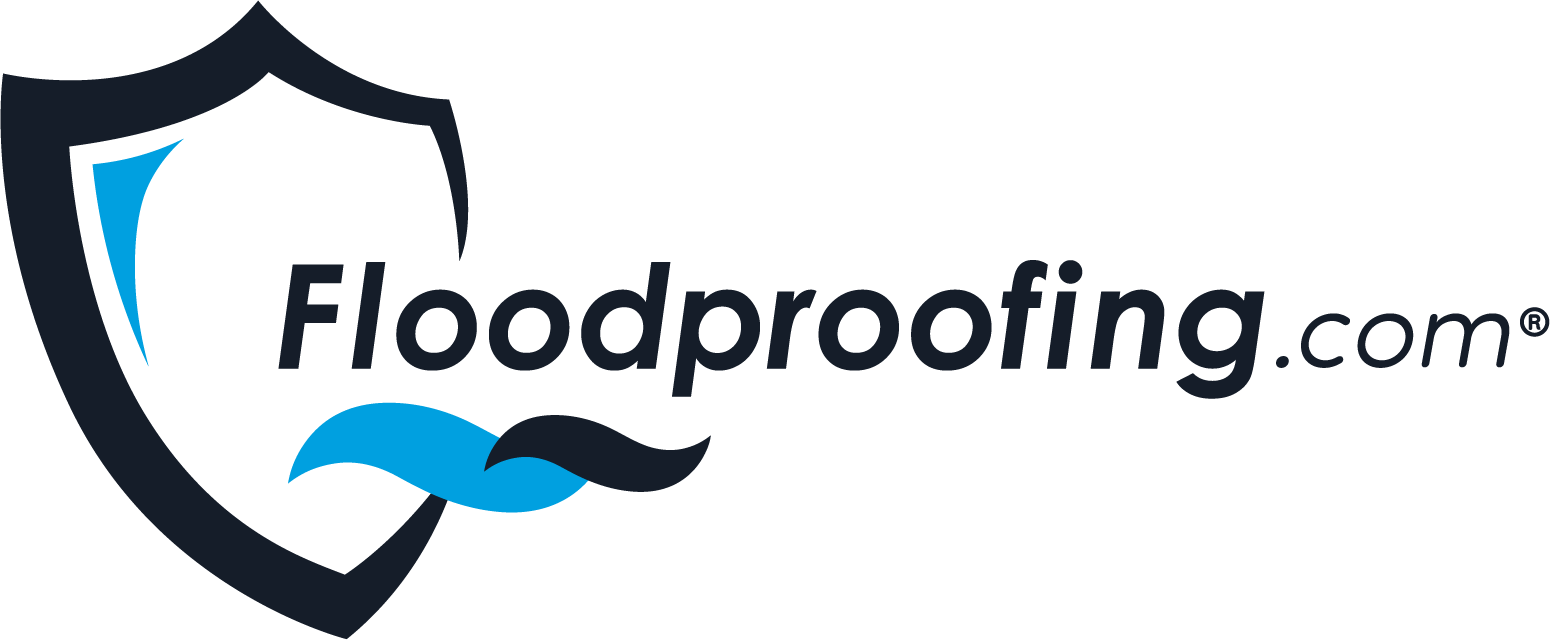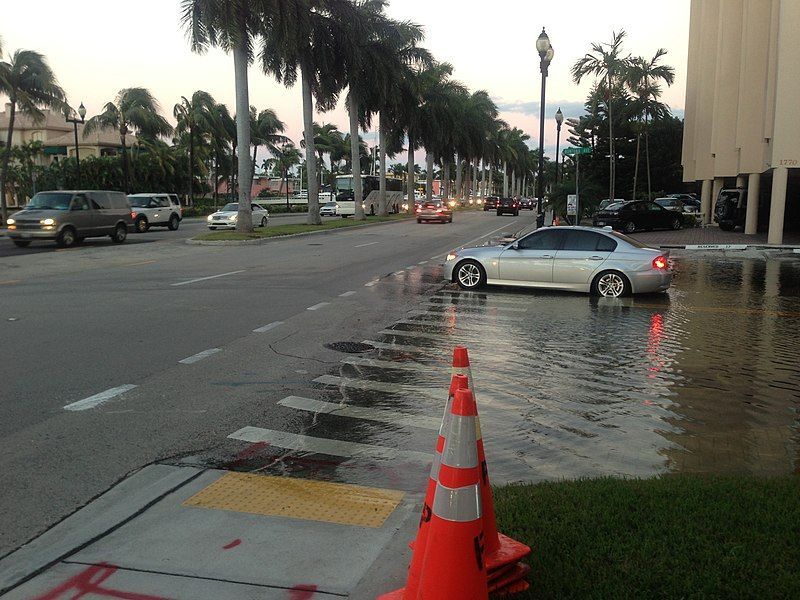Page 15
Media Contact
Email: media@floodpanel.com

It’s that time of year … no, not the holidays, but that time of year when Congress takes another look at the National Flood Insurance Program (NFIP). This has become something of an annual legislative ordeal, and has been since Hurricane Katrina in 2005. Prior to Katrina, the debt that had been accrued by the NFIP were paid off every year, and the program was relatively stable and sustainable. Hurricane Katrina, however, left massive insurance payouts in its wake, and these debts could not be paid off as they had been in previous years. Today the NFIP is in debt to the US Treasury to the tune of $23 billion!
The predicament has become much like that of many ordinary people who carry large sums on their credit cards. At first, the situation seems manageable, and the debtor is happy enough to push the responsibility for repayment into the future as far as possible. Soon, however, the interest on the old debt combines with new debt to form a veritable monster of a balance, all but guaranteeing that it can never be paid off. In the worst case scenario, the debtor is doomed to an endless payment schedule that covers only the interest!
This nightmare scenario is close to the case of the NFIP at the present time. It is small wonder that Congress has chosen to apply a bandaid to the program each year for the past decade, because making the real changes needed to truly fix the program will be insanely expensive and unpopular. In addition to these already considerable obstacles, there are many other impediments to fixing the NFIP; including the projected huge increase in flooding events due to climate change, and a large number of currently insured properties that have flooded repeatedly.
Please click graph to view the National Academies of Sciences’ slide show explaining their proposal for Community-Based Flood Insurance in a new window.
This year, many in Congress would like to see the NFIP privatized. Depending on one’s point of view, this idea is either a great plan or a potential disaster. Many people in Congress, as well as their constituents, will applaud the prospect of removing the federal government from the flood insurance business. These people may say that taxpayers should not be on the hook for poor choices made by those who own property in flood-prone areas. Others may look at the results of past privatizations, such as various penal institutions, private contractors in foreign war zones, or utility services and voice well-founded alarm. When a service is conducted by a private enterprise, profit is sometimes valued above concepts of fairness, the overall good of the community, or even safety.
So this spring, as Congress once again examines the NFIP, it is likely that Congress will look at ways to extricate the federal government from the program, replacing the program with private insurers. This development, should it materialize, will send many owners of risk-prone properties into a state of panic, because they will likely be excluded from the rolls of any company operating purely for profit. As the original purpose of the NFIP was to avoid this very situation, it would be an unfortunate end to a program designed to alleviate suffering and hardship.
Source:: FloodBarrierUSA
It’s that time of year … no, not the holidays, but that time of year when Congress takes another look at the National Flood Insurance Program (NFIP). This has become something of an annual legislative ordeal, and has been since Hurricane Katrina in 2005. Prior to Katrina, the debt that had been accrued by the NFIP were paid off every year, and the program was relatively stable and sustainable. Hurricane Katrina, however, left massive insurance payouts in its wake, and these debts could not be paid off as they had been in previous years. Today the NFIP is in debt to the US Treasury to the tune of $23 billion!
The predicament has become much like that of many ordinary people who carry large sums on their credit cards. At first, the situation seems manageable, and the debtor is happy enough to push the responsibility for repayment into the future as far as possible. Soon, however, the interest on the old debt combines with new debt to form a veritable monster of a balance, all but guaranteeing that it can never be paid off. In the worst case scenario, the debtor is doomed to an endless payment schedule that covers only the interest!
This nightmare scenario is close to the case of the NFIP at the present time. It is small wonder that Congress has chosen to apply a bandaid to the program each year for the past decade, because making the real changes needed to truly fix the program will be insanely expensive and unpopular. In addition to these already considerable obstacles, there are many other impediments to fixing the NFIP; including the projected huge increase in flooding events due to climate change, and a large number of currently insured properties that have flooded repeatedly.
Please click graph to view the National Academies of Sciences’ slide show explaining their proposal for Community-Based Flood Insurance in a new window.
This year, many in Congress would like to see the NFIP privatized. Depending on one’s point of view, this idea is either a great plan or a potential disaster. Many people in Congress, as well as their constituents, will applaud the prospect of removing the federal government from the flood insurance business. These people may say that taxpayers should not be on the hook for poor choices made by those who own property in flood-prone areas. Others may look at the results of past privatizations, such as various penal institutions, private contractors in foreign war zones, or utility services and voice well-founded alarm. When a service is conducted by a private enterprise, profit is sometimes valued above concepts of fairness, the overall good of the community, or even safety.
So this spring, as Congress once again examines the NFIP, it is likely that Congress will look at ways to extricate the federal government from the program, replacing the program with private insurers. This development, should it materialize, will send many owners of risk-prone properties into a state of panic, because they will likely be excluded from the rolls of any company operating purely for profit. As the original purpose of the NFIP was to avoid this very situation, it would be an unfortunate end to a program designed to alleviate suffering and hardship.
Source:: FloodBarrierUSA
For many years, meteorological scientists have been warning about disastrous flooding along the US coastline — flooding that would be caused by global warming. While this “theory” of global warming is still being debated in Congress, and is still dismissed by influential lawmakers, the effects of global warming are no longer theoretical. All US coastlines are increasingly affected by flooding, erosion, and storm surge that is very, very real — and the cause is global warming.
Citizens of low-lying island nations like Tuvalu have for many years suffered directly from sea level rise, and have been pleading for help to no avail. This seems particularly unfair because these small nations are at once the most affected by and least responsible for global warming. These tiny vulnerable islands are so far away, in terms of geographical distance as well as being completely off the “mental radar” for many US citizens. But now, US residents who live and work near our coastlines are facing the same type of threats from the sea as the citizens of Tuvalu.
Seven of these indicators would be expected to increase in a warming world and observations show that they are, in fact, increasing. Three would be expected to decrease and they are, in fact, decreasing. (US National Oceanic and Atmospheric Administration)
All the US coastlines will be affected in the coming years — including Hawaii, Alaska, the shores along the Gulf of Mexico, and both of the great oceanic coasts. However, there are zones that will be affected sooner than others, and here the impact is already causing great alarm, property damage, plummeting property values, and soaring flood insurance rates. Traditional flood plains and official flood zones are creeping outwards into areas where flood insurance was never needed before. The financial impact of this flood zone creep cannot be overstated.
The east coast of the continental US is experiencing the worst of the threat so far. All along the eastern seaboard, communities have been forced to spend huge amounts of public money to repair infrastructure that is continuously being damaged or wiped out by flooding. Bridges that connect island communities to the mainland must be regularly rebuilt, and water control channels must be constantly dredged and maintained. Norfolk, Virginia is a very good example of a large, densely-populated area that is undeniably — and dangerously — under siege by the encroaching sea.
Norfolk and other population centers close to the Chesapeake Bay are facing grave existential threat due to the fact that the land upon which they are founded is sinking at the same time that the sea is rising. This double whammy means that this region is being slammed with frequent flooding in places that have never before had to deal with it, and are therefore woefully unprepared as far as infrastructure, flood insurance coverage, and emergency planning. Add to this the fact that Norfolk is a critically important naval installation, and we have a blueprint for disaster on a national level.
This threat to naval installations in Norfolk and other areas is fully recognized by the Pentagon, which has already begun building flood barriers, berms, tide control channels, and has installed flood panels around sensitive military assets. But even the Pentagon has met with legislative obstacles and continuing resistance from intransigent members of Congress who continue to deny the existence of global warming and climate change — even in the face of undeniable proof.
Scientists who have been warning us for years about this threat from the sea now tell us that once the effects of global warming first begin to be felt along the coastline, the process will speed up very quickly. The starting gun has already gone off — the race to save our coastline communities is now underway.
Source:: FloodBarrierUSA



